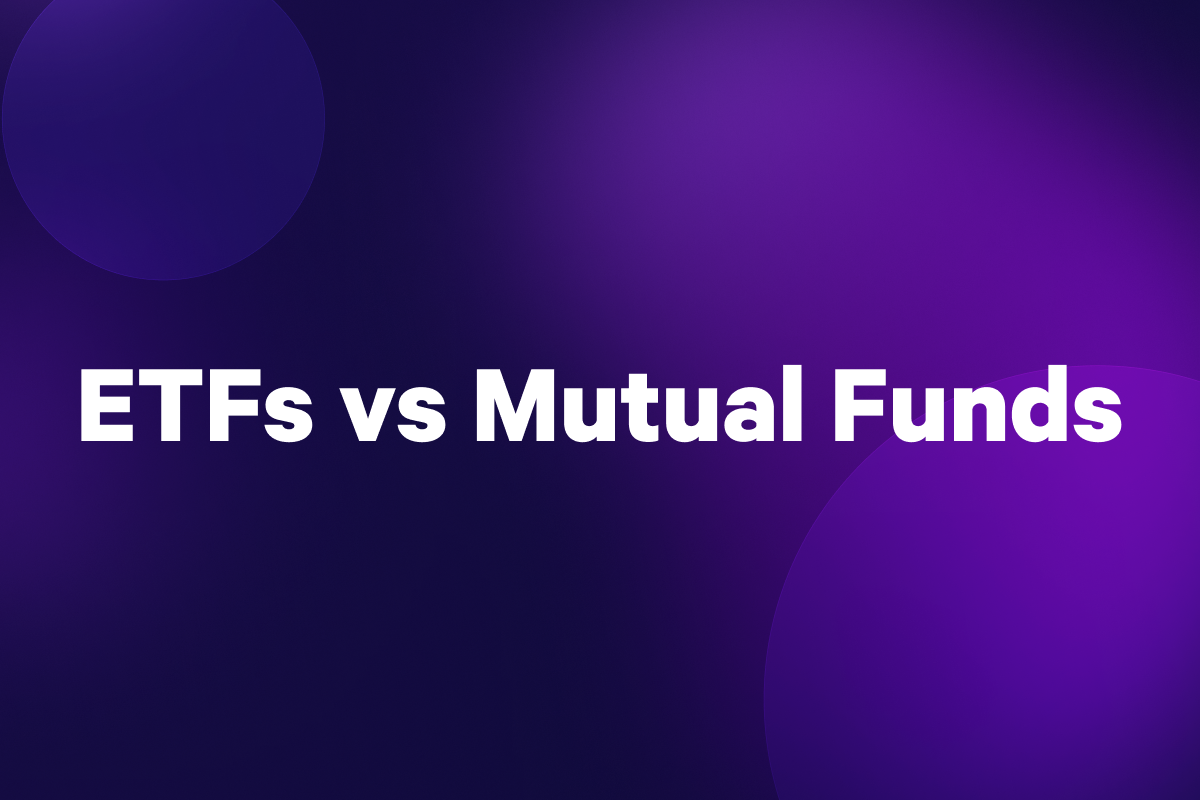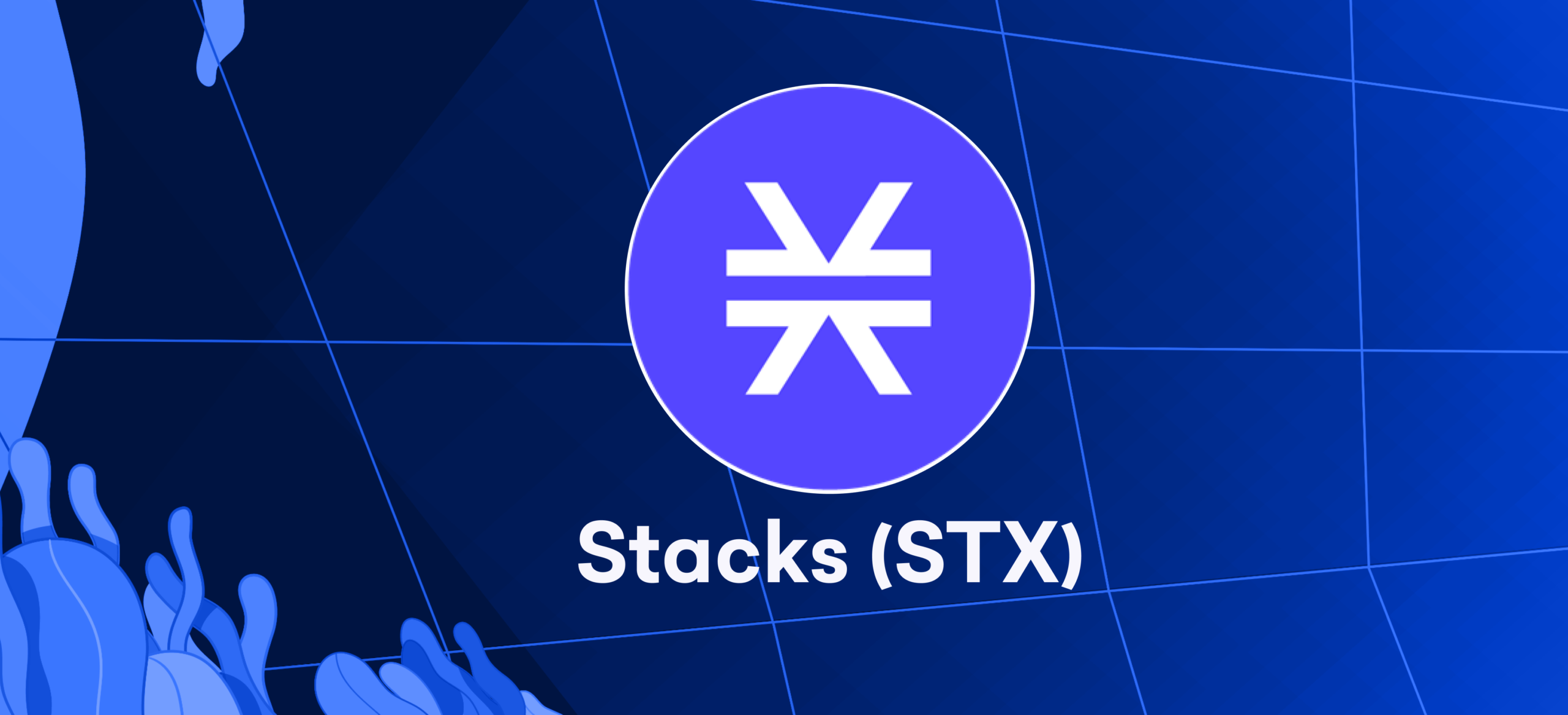
Introduction
The idea of pooled fund investing gives birth to mutual funds and ETFs that usually follow the passive indexed strategy to track representative benchmark indices. Securities are bundled into pooled funds, and this helps create a diversified portfolio for investors. The pooled fund provides diversification, offering economies of scale by allowing the manager to lower the transaction costs by dealing in huge lot shares using the combined pooled investment capital.
Understanding Mutual Funds
The first US mutual fund was introduced by MFS Investment Management in 1924. Mutual Funds grew over the years and are today’s numerous pooled investment forms of distinction with an active management strategy. Professional management is, therefore, usually regarded as an additional source of value, and investors do not confine themselves to index following.
Active Management Dynamics:
To this effect, mutual bonds rank at the top for the actively managed option with additional intricacies. Higher management fees result from the fact that it is difficult to pinpoint the best securities for inclusion in a portfolio. Including mutual funds in full-service brokerage increases their complexity and requires additional fee considerations toward structured share classes.
Share Classes and Fee Structures:
These investments come in mutual funds customized to have different fee categories for the varied share classes created. Each type of fund is accompanied by other sales loads or operational fees that investors must pay. Besides, most of these funds can reinvest dividends, automatically adding value to the fund.
Understanding Operational Costs:
These encompass operations fees in mutual funds, including management, operational, and 12b-s fees. This, a notable difference from ETFs, covers the marketing expenses of a full-service broker relationship. This difference leads to a small extra expense ratio in the case of mutual funds compared to ETFs.
Pricing Dynamics:
The pricing mechanisms for mutual funds are important if an investor is to understand what they have bought into. Open-end mutual fund prices are determined using the computed net asset value at the close of business. The daily open-end mutual fund trade is only made at its NAV.e This means that when investors make trades during a trading day, they have to wait for the last NAV calculation before executing their orders.
Understanding Exchange Traded Funds
Since January 1993, when the first exchange-traded fund was issued, it had been aimed at tracking the S&P 500 index. With time, their numbers increased until they had exceeded three thousand four hundred by the year-end of 2017. Initially, these regulations required a passive management approach in which this fund mimicked an index. Notably, in 2008, the SEC simplified its approvals, thus making active managed ETFs possible and available now.
Historical Significance
Index investors increasingly relied on EFTs to tap into particular markets and obtain sector diversity simultaneously. However, as a notable development, the smart-beta funds have changed the picture. Moreover, it is noteworthy that the amount of money on these funds has grown at an annual pace of about 19 percent during the last 5 years. It, therefore, provides a “smart beta” ETF based on a factor approach. Such tailoring enables investors to choose particular indexes exhibiting certain fundamental traits, frequently leading to impressive outperformance.
Fee Considerations
Fees are crucial in the ETF landscape. ETFs lack sales load fees, unlike in the case of mutual funds. Though investors will be charged trading commissions, most ETFs trade without these costs. Most ETF operating costs are less than those attributable to management fees associated with active trading in mutual funds. The transaction fees are reduced, and there are no 12b-1 fees that add up to achieve an even lower total expense ratio for ETFs.
Operational Distinctions
Diversity in operational structure separates ETFs. The predominately passive nature of their strategies is due to their low management fee. This also contributes to decreased trading activity, resulting in reduced transaction fees. More prominently, ETFs do not incur a 12b-1 fee, which is much better than other investment options.
Pricing Dynamics
Notably, the pricing mechanism underlying ETF differs from that of mutual funds. Like stocks, EFTs trade on the exchanges during the day, making them real-time tradable securities for investors. Instantaneous market prices for ETFs are based on the costs of assets they contain, which is why they are popular among those who prefer active trade and demand ongoing transactions.
Overall, the development of ETFs has encompassed key regulatotrionary benchmarks, smart-beta funds, and efficient operational frameworks. Investors must understand the intricacies of fee structures and pricing dynamism in the heterogeneous terrain of exchange-traded funds.
Similarities Between Mutual Funds and ETFs
In most situations, these forms of investments are governed by the three primary securities laws adopted following the 1929 market crash.7 The Securities Act of 1933, the Securities and Exchange Commission (SEC) Act of 1934, and mutual funds or exchange-traded funds (ETFs) are your best choice for diversifying an investing portfolio.
These institutions function by accumulating funds from various investors and distributing them amongst shares in stocks, bonds, or other securities. This diversification minimizes the risks always inherent to any asset individually held in an investment.
Liquidity is available in all forms of the two kinds of funds. You will purchase and sell shares in both, but your approach would differ from what we will see later in this article. For instance, at the end of September 2023, the total fund net asset value of Vanguard Total Stock Markets Index Fund Admiral Shares (VTSAX) was worth $1.3 trillion.8 Moreover, it is straightforward to purchase and sell the majority of
Differences Between Mutual Funds and ETFs
Mutual Funds Overview:
- Similar to traditional investment clubs.
- Pool funds from investors for a diverse asset portfolio.
Trading Dynamics:
- Mutual funds transact at the day’s closing price.
- ETFs allow buying and selling throughout the trading day at market prices, akin to individual stocks.
Pricing Mechanism:
- Mutual funds are likened to fixed-price restaurant meals, with transactions based on the NAV calculated at the day’s end.
- ETFs resemble the stock market, with real-time pricing influenced by supply and demand dynamics.
Fees and Management:
- Mutual funds may have sales loads and management expenses, expressed as an expense ratio deducted from the fund’s assets.
- Due to passive management, ETFs typically have lower expense ratios and greater tax efficiency.
Cost Considerations:
- Due to lower expense ratios, ETFs are often more cost-effective than mutual funds.
Market Dynamics:
- Mutual funds provide periodic snapshots of holdings, typically every quarter, with potential time lags.
- ETFs offer greater transparency by disclosing holdings daily, allowing real-time insights into the portfolio.
Tax Efficiency:
- ETFs can be more tax-efficient due to their in-kind creation and redemption process, contributing to cost savings.
Investor Opportunities:
- ETFs may exhibit premiums or discounts based on real-time market prices, providing opportunities for investors to capitalize on market inefficiencies.
Management Style:
- Mutual funds may involve active management strategies.
- ETFs often adopt a passive management approach, contributing to lower costs.
Investor Visibility:
- ETF transparency is higher, offering investors a clearer daily understanding of the fund’s current asset composition.
Special Considerations—Taxes
Investment Gains and Tax Implications
Taxes also apply to mutual funds and ETFs as they generally form an important part of tax law applicable to the taxation on investments. Investors must also pay some tax in the form of short-term or long-term capital gain tax when they sell their profitable shares. This classification is based on the number of years that lapse when one starts holding a share until they decide to sell it.
Short-Term vs. Long-Term Capital Gains Tax
The short-term capital gain taxes correspond well with the normal income tax and include shares owned for less than one year. Conversely, long-term capital gains tax rates depend on the individual’s normal tax rates, being 0% (up), 15%, or 20%.
Taxation of Dividends in Mutual Funds and ETFs
Taxes also apply to investors with investments in mutual funds and ETFs, who get dividends from their holdings. Tips on stocks attract ordinary income taxation, while qualified dividends suffer a capital gains rate. Distinct Tax Implications: Mutual Funds vs. Mutual funds have higher tax implications as most payouts are in taxable capital gains distributions. However, as ETF avoid most of the capital distribution, it can offer tax benefits.
Tax Efficiency in Tax-Advantaged Vehicles
However, this tax advantage is almost nothing as far as any investors who decide to house their assets into such tax-advantageous instruments as a 401k. Deposits to 401(k) and comparable qualified plans are tax-free up to certain annual maximums. Another thing is that the money invested in the account grows tax-free, and trades do not attract any tax.
FAQS
Are Both Mutual Funds and ETFs Managed by Professionals?
Indeed, a mutual fund or an exchange-traded fund is controlled by competent people with experience in investments acting on the investors’ behalf. Each class of investment requires professionals with different goals. Therefore, the decisions each type of professional makes are unique.
Can You Hold Both Mutual Fund and ETF Shares in Your Investment Portfolio?
Mutual funds and ETT shares also form part of an investment portfolio. However, they can live in harmony, and each lends its strength and asset to your total investment strategy.
How Does Pricing Vary Between Mutual Funds and ETFs?
The end-of-day NAV price serves as the basis of pricing mutual funds. However, compared to stock indices that move throughout the day, ETF prices waltz around depending on supply and demand. The result is that the market price may not equal NAV.
What Is the Key Difference in Timing When Trading Mutual Funds Versus ETFs?
End-of-the-day mutual fund trades are done when the market closes, and you purchase or sell at the day’s NAV rate. However, a day trader can buy and sell ETFs during the day using the market price. Flexibility is one feature that makes the infrastructure of the fund work differently, but active traders will use such flexibility to make trades throughout the day.
The Bottom Line
Diversification is a strategy that can yield gains for investors in several dimensions, and two ways to benefit from diversification include investing in mutual funds and ETF investments. Mutual funds trade only once daily, following their price at the net asset value, whereas ETFs, like single stocks, can change throughout the day on stock exchanges. They have less management; hence, they incur low-expense rations and are usually more efficient than EFTs.








